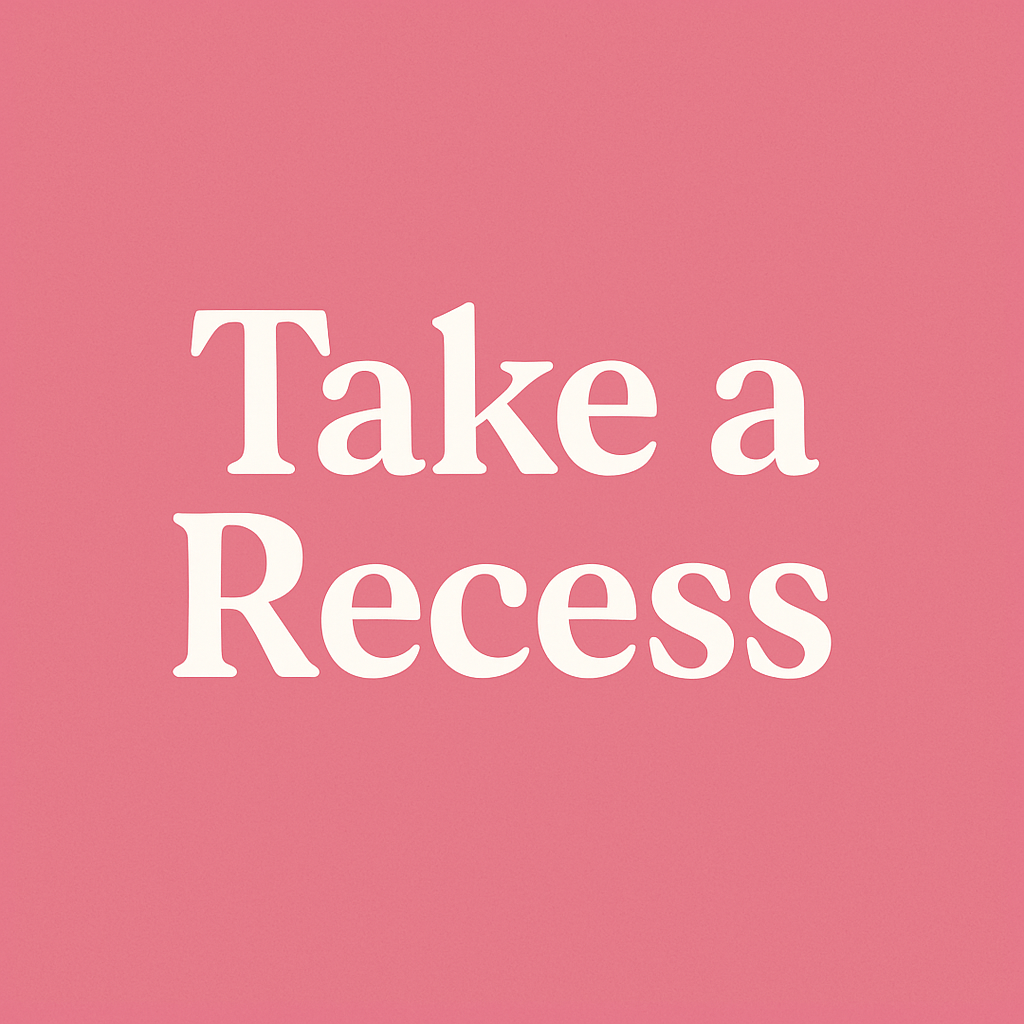
A multi-media page dedicated to improving your relationship.

Peter and Hannah, a sophisticated, attractive couple, in their early thirties, living in Brentwood, sought marriage counseling. Married for three years, they described themselves as close and loving but struggled with recurring fights about household responsibilities. Peter, a graduate student pursuing his MBA at UCLA Anderson School of Management, had an easy, approachable demeanor, while […]
Read more
We’ve all been there—flooded with rage, muscles tight, seeing red. Something your partner says, does, or fails to do sparks a conflict, and suddenly, the interaction escalates. Emotions take over. Physically and neurologically, your body shifts into a state of fight, flight, or fawn. In this heightened state, you lose the ability to respond relationally. […]
Read more
In May 2021, I wrote a widely read piece called The Art of the Handjob, inspired by tips I learned from trailblazing sex educator Amagine. Three years later, I’ve yet to give attention to an equally essential subject: the vulva – and the endlessly creative ways to please it. Let’s explore the beautiful, complex landscape […]
Read more
The music pulsed through the speakers, disco lights casting a kaleidoscope of colors across the room
Read more



